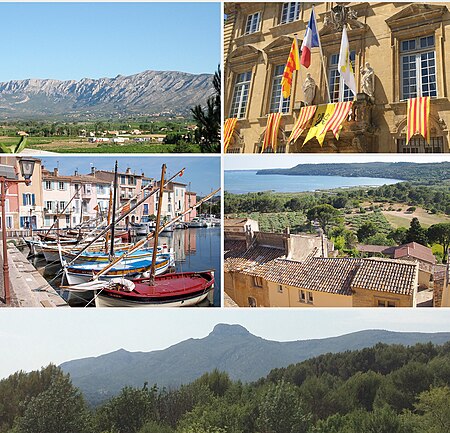Aix-Marseille-Provence Metropolis
Bouches-du-Rhône geography stubsGeography of MarseilleIntercommunalities of Bouches-du-RhôneIntercommunalities of VarIntercommunalities of Vaucluse ... and 1 more
Metropolis in France

The Aix-Marseille-Provence Metropolis (French: métropole d'Aix-Marseille-Provence) is the métropole, an intercommunal structure, centred on the cities of Marseille and Aix-en-Provence. It is located in the Bouches-du-Rhône, Var and Vaucluse departments, in the Provence-Alpes-Côte d'Azur region, southeastern France. It was created in January 2016, replacing the previous Communauté urbaine Marseille Provence Métropole and five communautés d'agglomération. Its area is 3149.2 km2. Its population was 1,889,666 in 2018, of which 868,277 in Marseille proper and 143,097 in Aix-en-Provence.
Excerpt from the Wikipedia article Aix-Marseille-Provence Metropolis (License: CC BY-SA 3.0, Authors, Images).Aix-Marseille-Provence Metropolis
Boulevard Charles Livon, Marseille 7th Arrondissement
Geographical coordinates (GPS) Address Nearby Places Show on map
Geographical coordinates (GPS)
| Latitude | Longitude |
|---|---|
| N 43.2924 ° | E 5.3596 ° |
Address
Jardin Émile Duclaux
Boulevard Charles Livon 86
13007 Marseille, 7th Arrondissement
Provence-Alpes-Côte d'Azur, France
Open on Google Maps








